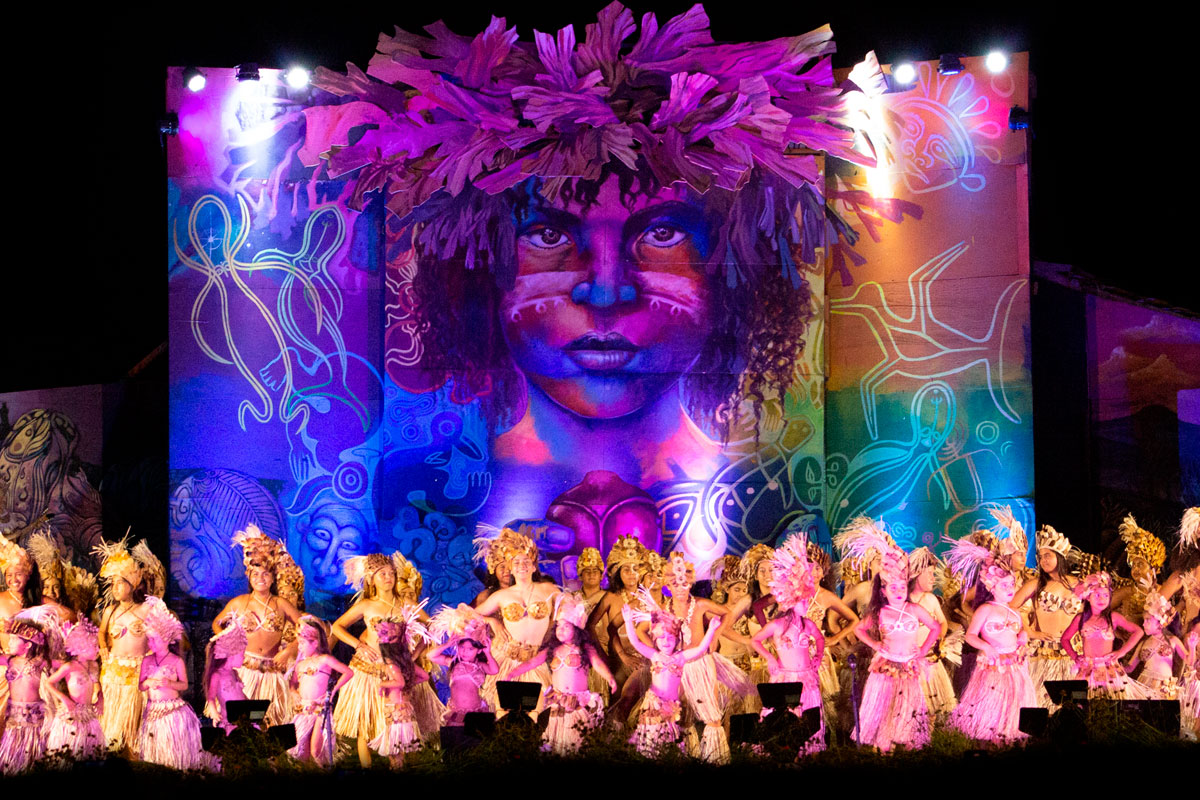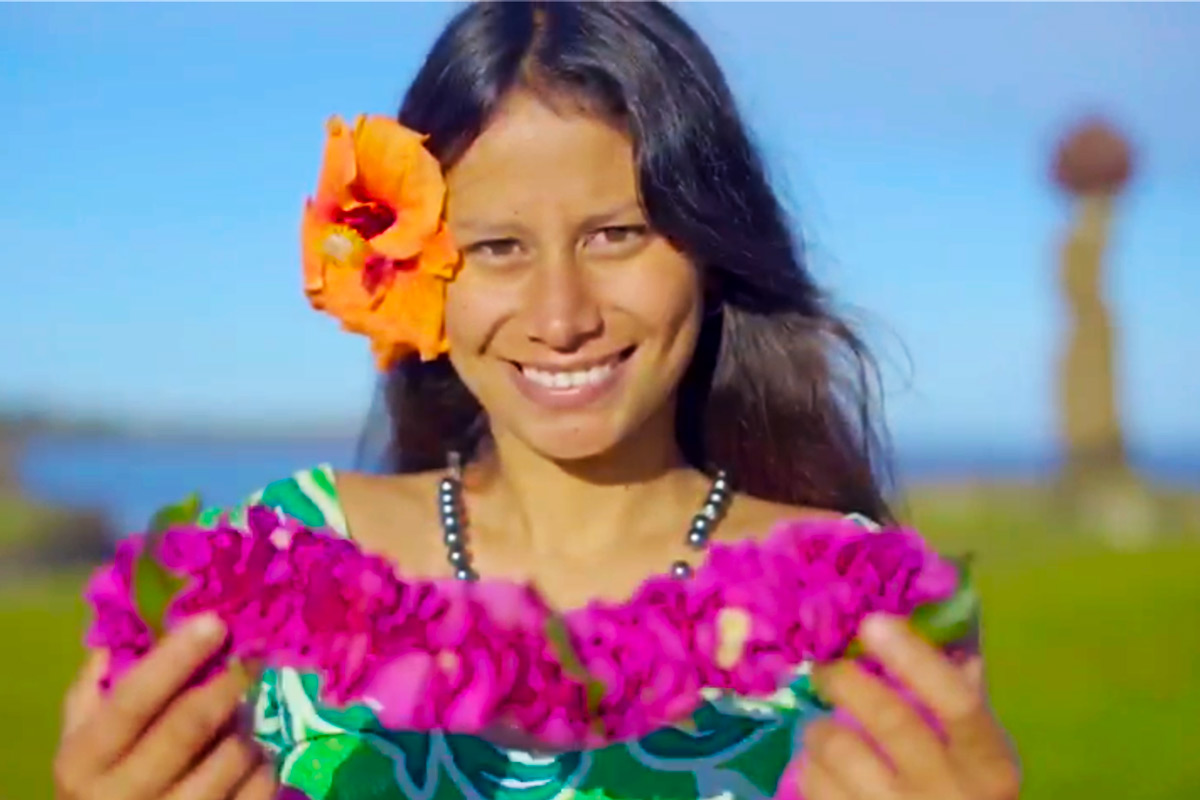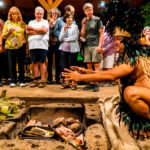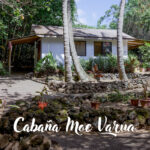Los Muto’i
Caring for our heritage
Muto’ i, our park rangers
Muto’ i, our night watchmen
There are some sectors with greater risk of accidents and/or disorientation, such as Roiho which has access from both Vai a Mei and Ana Te Pahu. Our visitors often decide to explore these sites alone, without understanding the importance of having a local guide who can help avoid unfortunate incidents.

Capataz / foreman Alberto Pakomio Hotu

Rondín en / in Anakena
Muto’ i, our equestrian patrol
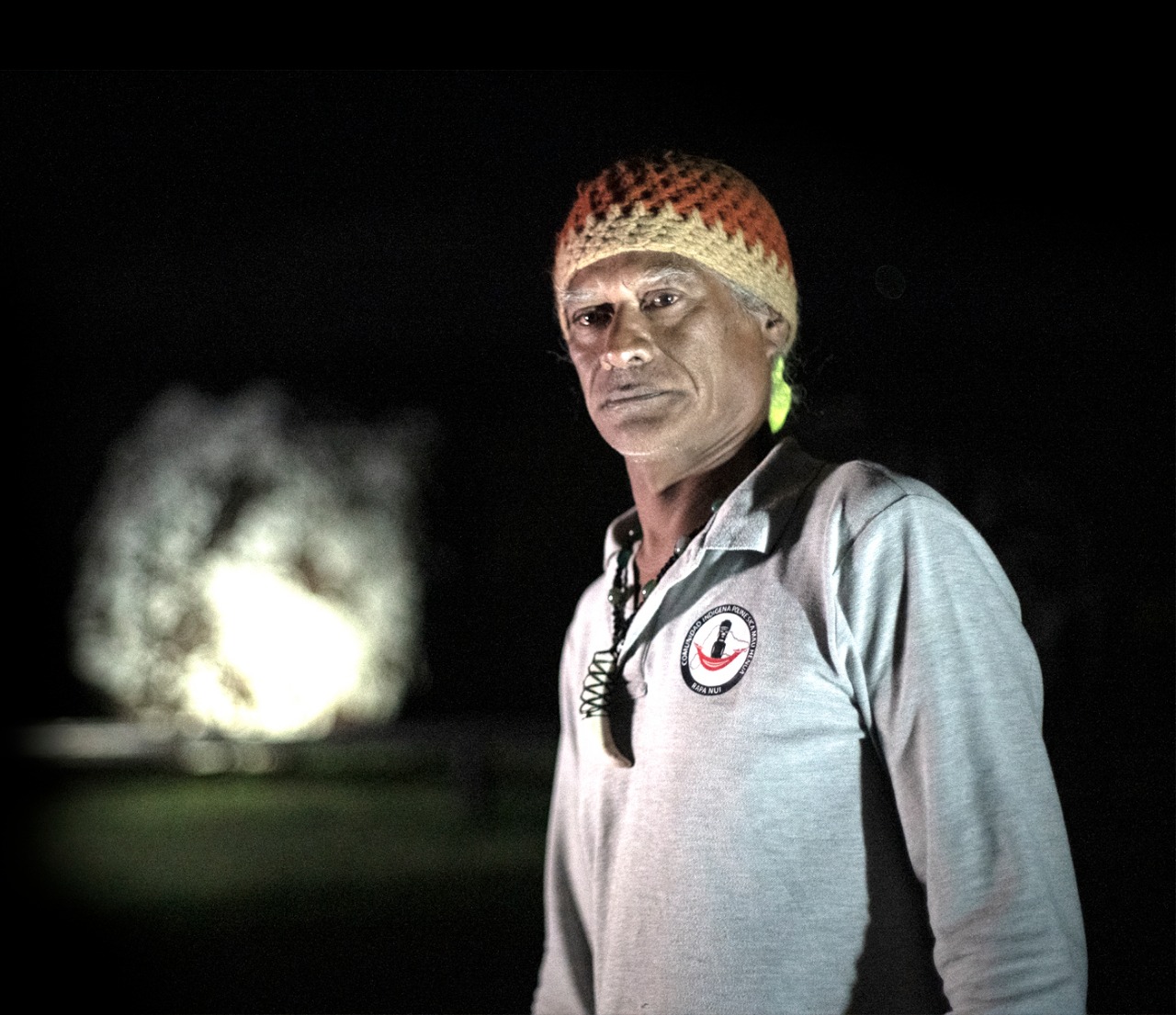
Recently a new visitors’ site was opened at Vaihu, where there is now a typical ancestral village reconstructed by Ma’u Henua. It is attended by the muto’i Hella Tuki-Hucke and Timoteo Haoa-Avaka. Timoteo recalls his 13 years working for CONAF (Chilean National Forestry Department) planting eucalyptus and cypress trees at Rano Kau and comments that, in that time, CONAF did nothing to repair the archaeological sites… ”this is where I was raised. It’s beautiful and we must protect it for the future.”
For Laura Tepihe-Icka, muto’i at Rano Raraku, caring for her cultural heritage is a transcendental task… “it is our greatest pride to say that only we Rapanui are now working in the Park and that we take care of the Park as if it were our home. The visitors thank us and say that they can feel the energy – the mana – that this place transmits with us here.”
Laura Tepihi Icka, Noelia Durán y Alberto Hereveri
Featured Reports:
Interview with Kazuhisa Shibuya
Ambassador of Japan in Chile “My primary goal is to demonstrate that the Japanese people are with you.”Mayor Pedro Edmunds Paoa and Japanese Ambassador Kazuhisa Shibuya inaugurated the Comprehensive Care Center in Rapa Nui. The center, funded by the Japanese...
The details of the next Tāpati after the Covid 19
Te tātou 'ōro'a he Tāpati Rapa Nui 2023Mai te toru ki te ho'e 'ahuru mā ho'e mahana o Hetu'u PūThe details of the next Tāpati 2023 after the Covid 19By Camila Sandoval Photos by I. Municipalidad de Isla de PascuaThis celebration, which values the cultural heritage of...
Rapa Nui – The Mystery Lives
Rapa Nui, the land of mystery and living history, where you can experience the natural and cultural wealth in one of the most beautiful and intriguing places on our planet.



